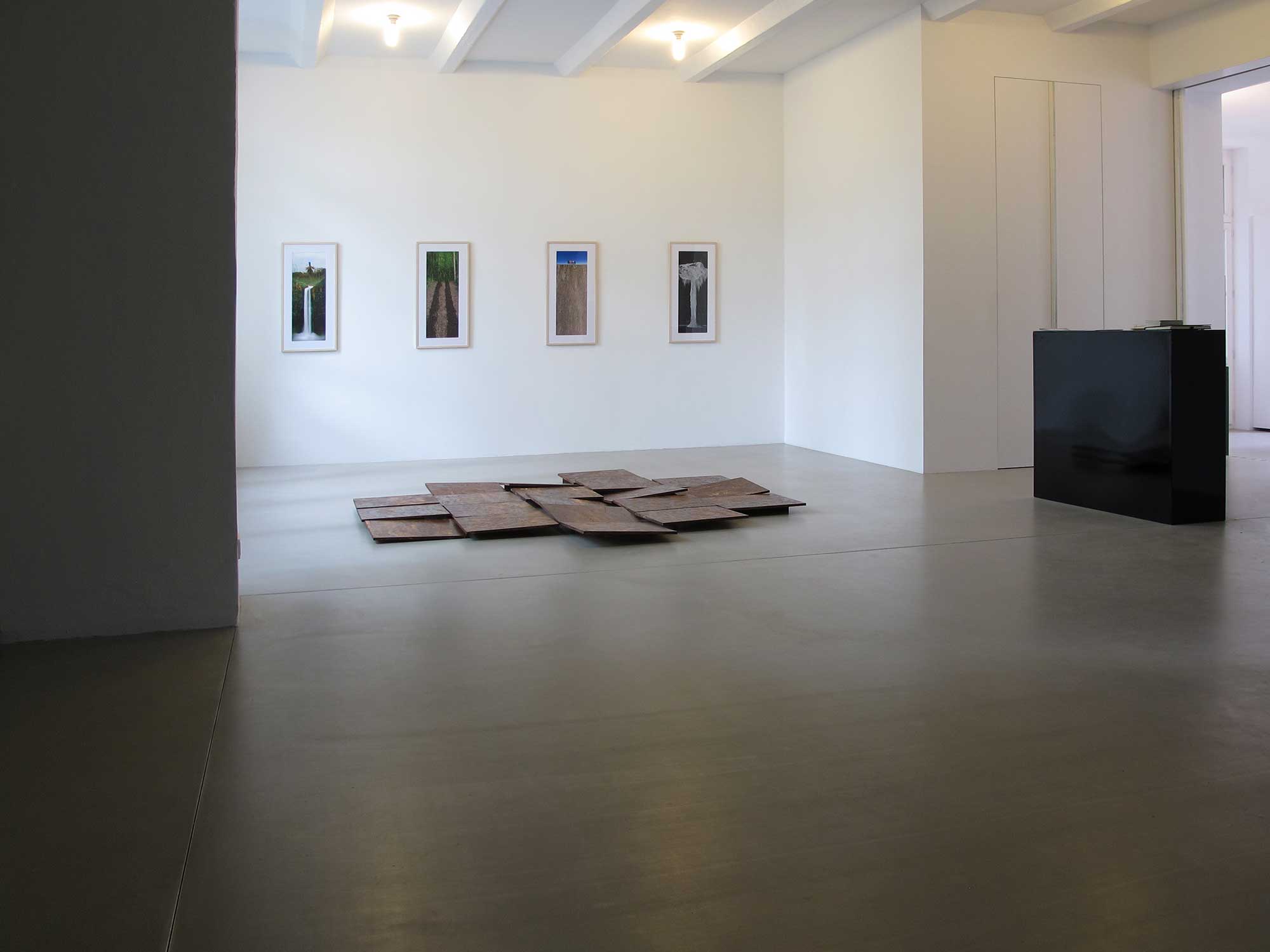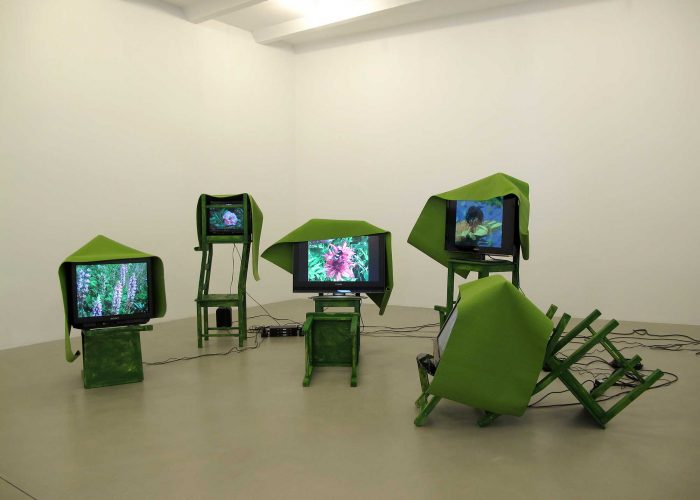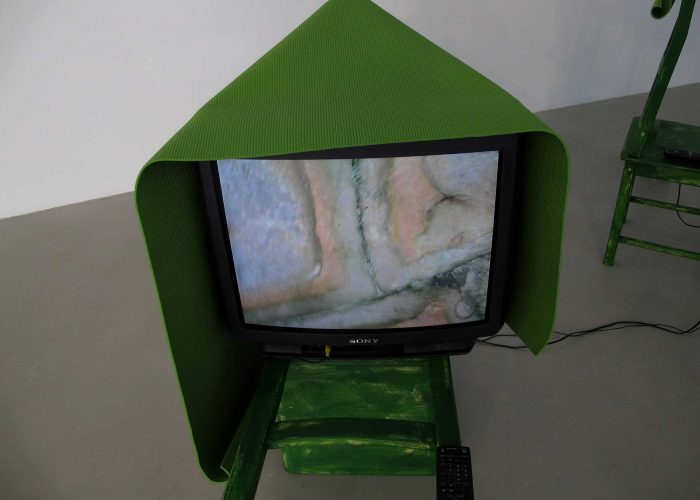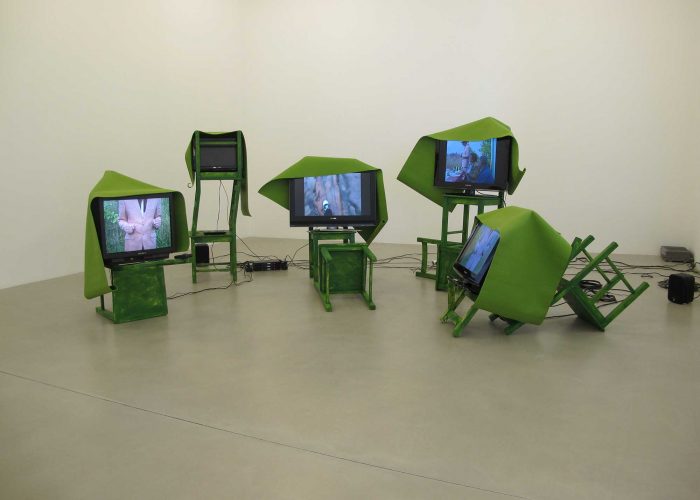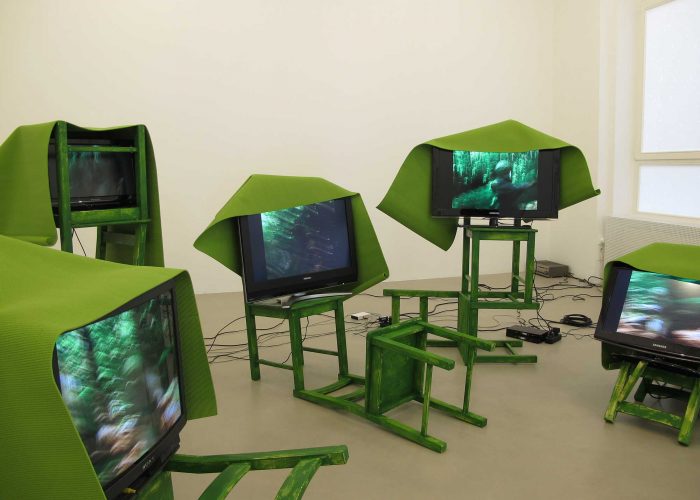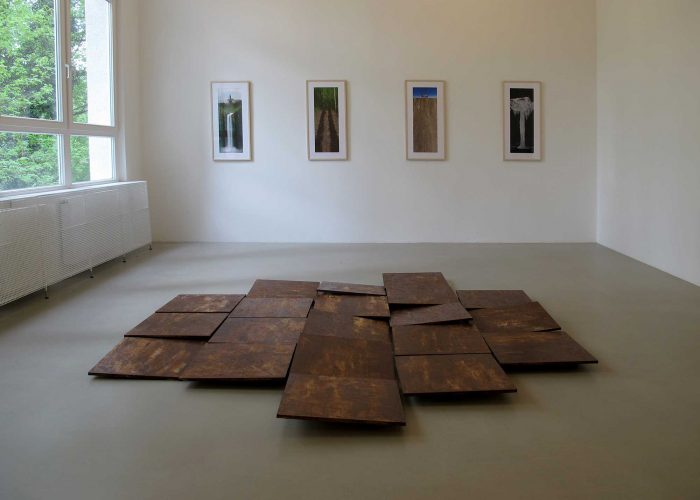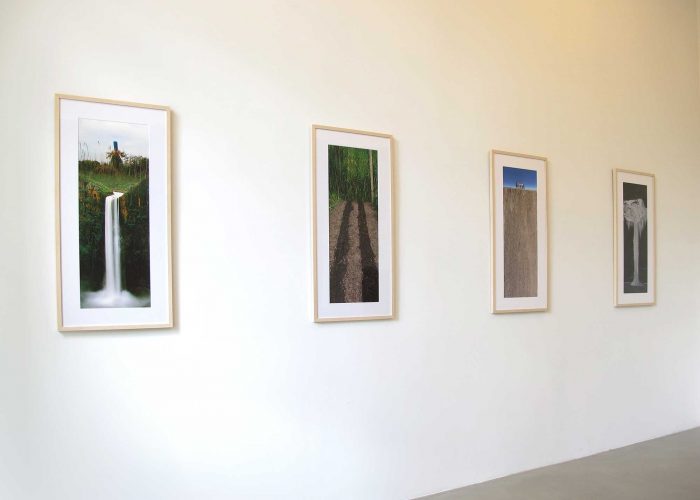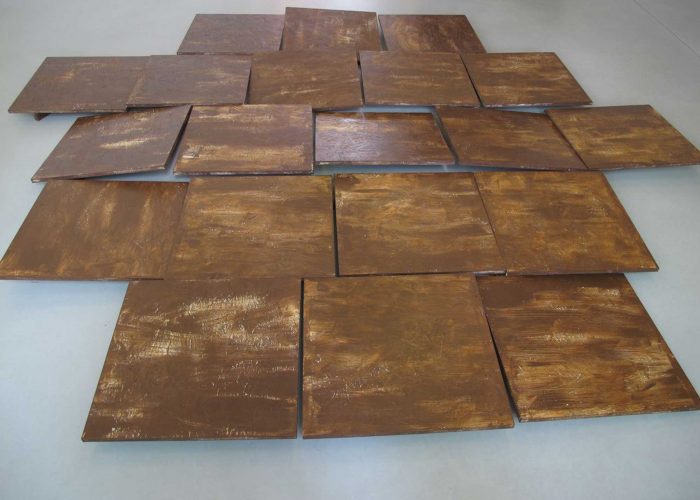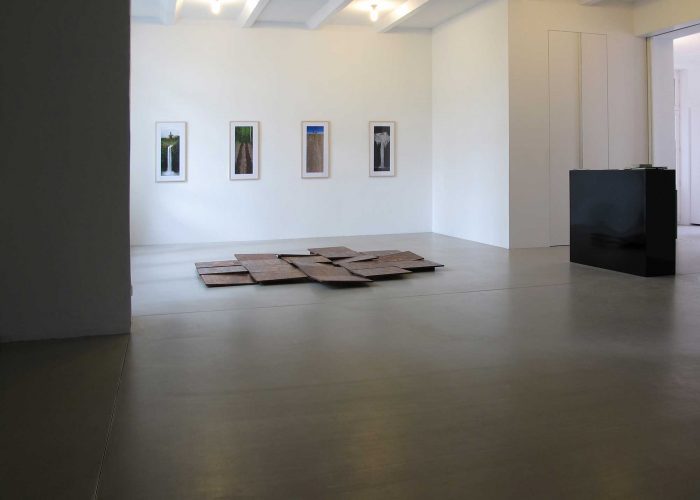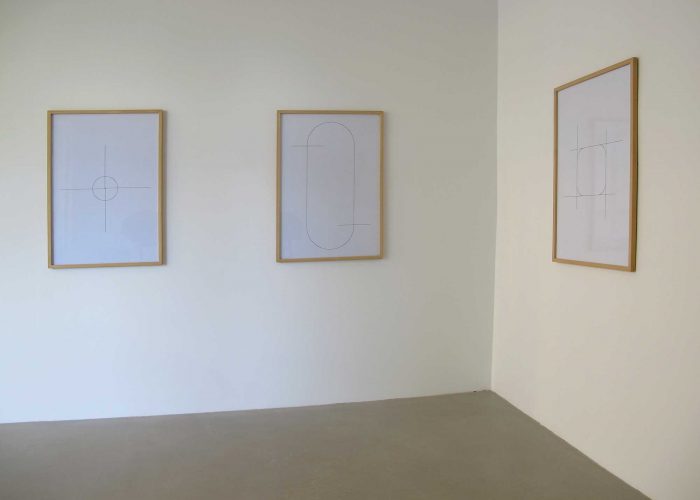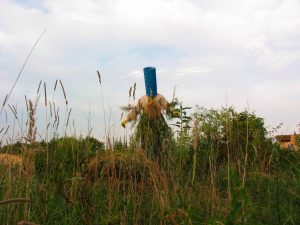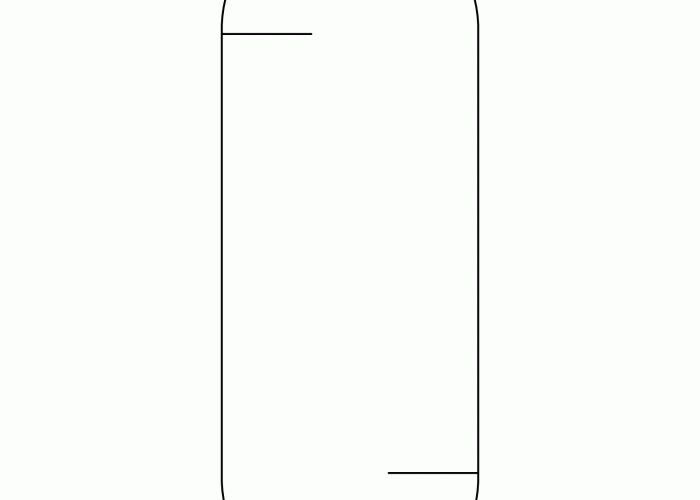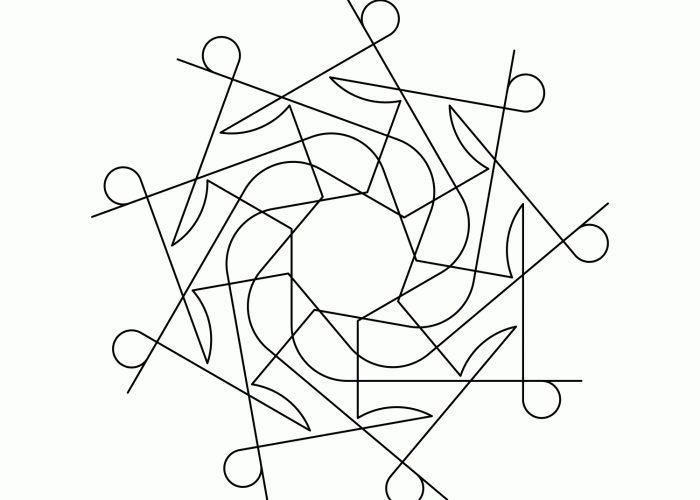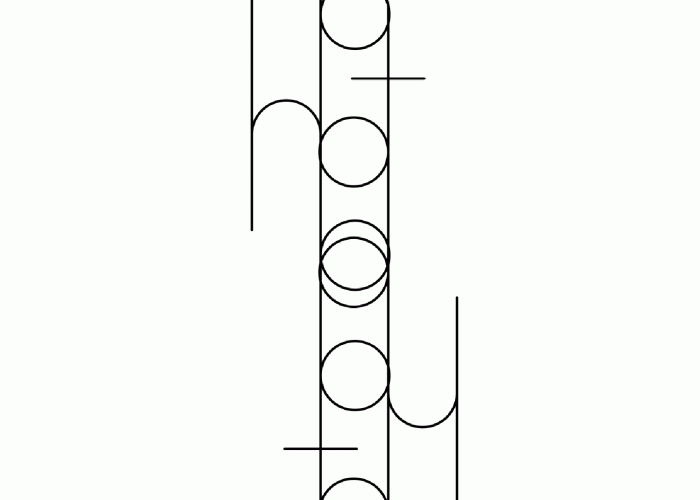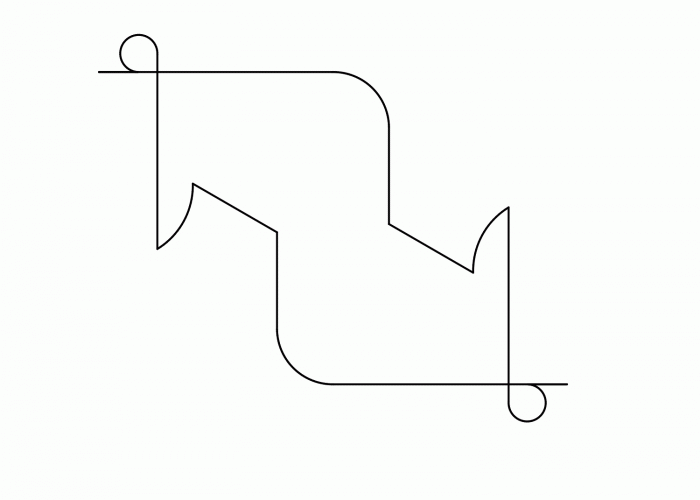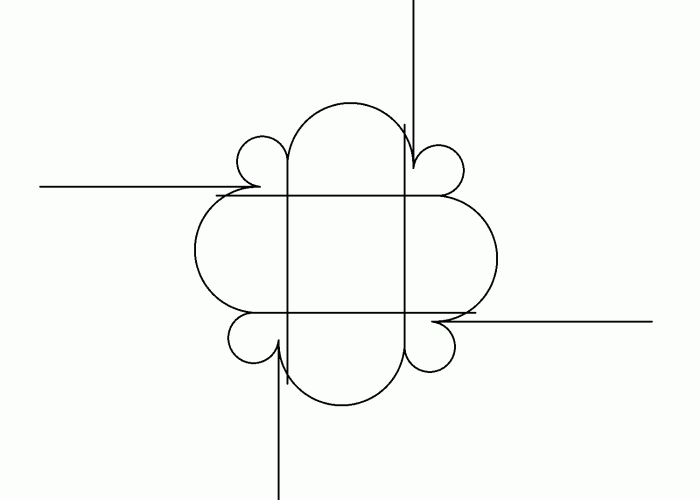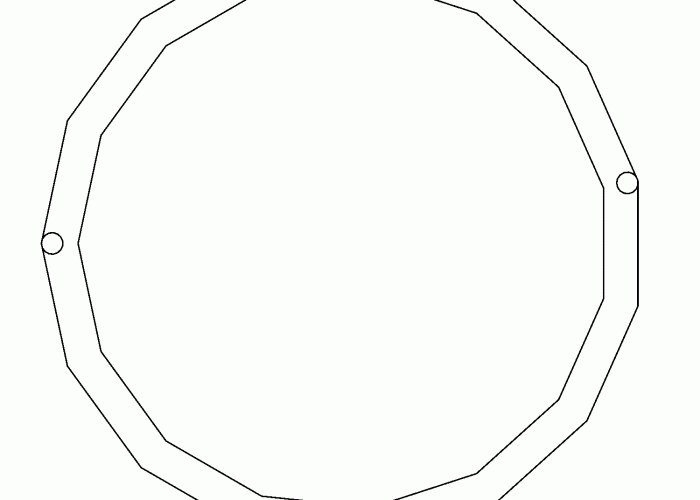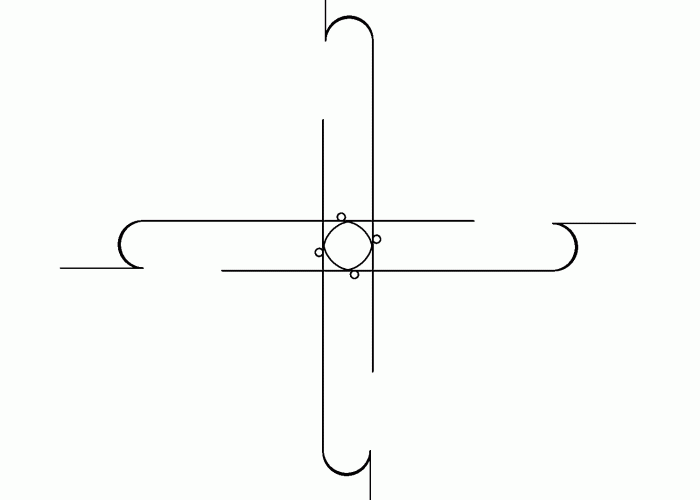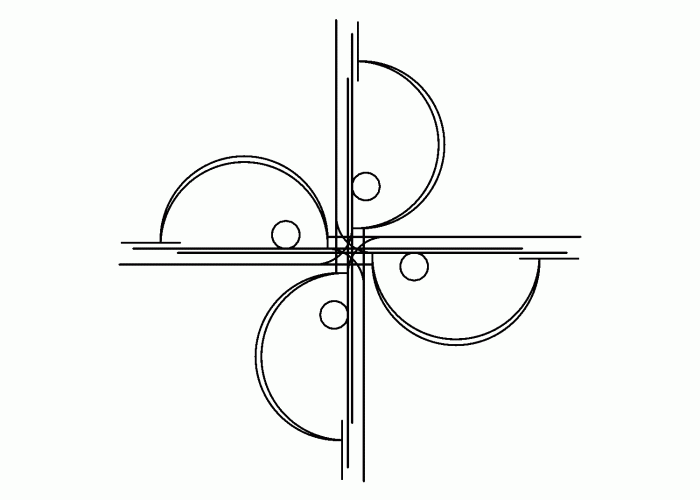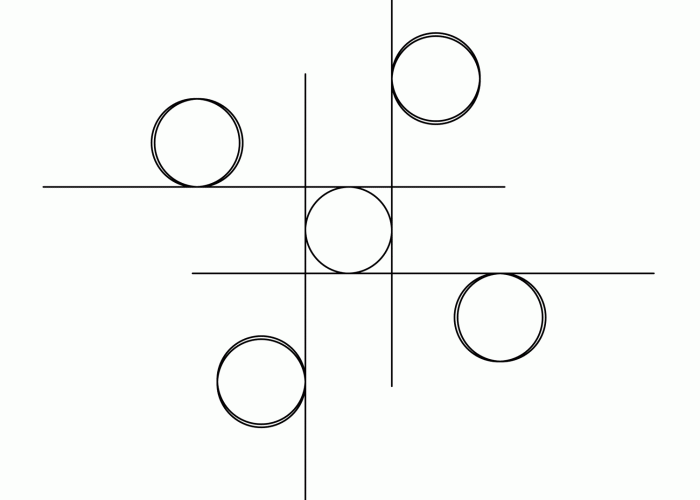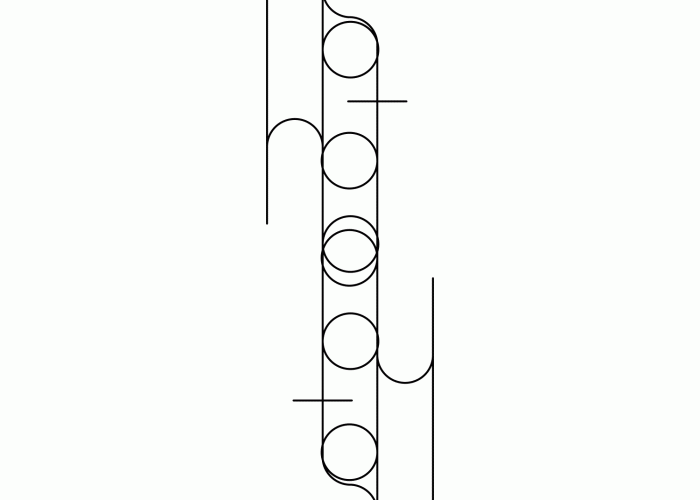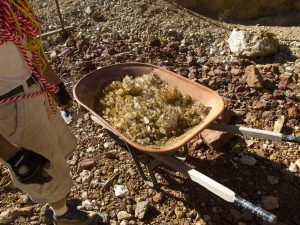The gallery installation “Wenn der Tanz zu steif wird muss der Regen als Eiswürfel ausgegraben werden” at M29 in Cologne, Germany included a synchronized 5-channel video installation, a floor sculpture, several computer collages, a set of code calligraphy exercise books and computer drawings.
In 2005 we bought an allotment garden colony in Germany two hours North of Berlin.The land, divided into 15 parcels came with 8 tenants, who complained that there was no access to water available at the site. “A garden without water is like a house without roof”, Mr. K. said. “In former times we had water but no coffee and now we have coffee but no water anymore,” added Mr. E. We suggested digging a well, but that, according to our tenants, wasn’t worth the effort, since they probably would be dead by the time we returned to start digging.
There are two approaches for “opening a source” – the empirical and the metaphysical one, the one where you start digging and the one where you start dancing. In both cases its the one small detail that leads to success: where to dig – and when to dance.
Like journeymen, or traveling apprentices, who go out into the world to enrich and test their craft, we spent four years traveling three continents to learn about different ways of finding water. There was no hierarchy. Metaphysical approaches provided equal counterparts to scientific methods among the water searching community, and vice versa. None were more reliable than chance.
When Tarkovski’s Stalker leads the Professor and the Writer into the Zone to find the mythical room in the center of the zone, which is seemingly just a few yards from where they stand, the Stalker insists that they cannot attempt a direct assault, but must make their way around things in order to survive, turning this way and that, moving every few feet toward a cloth tied up with metal nuts, retrieving it, and throwing it out, in another direction, before setting forth again.
Every “zone” has it’s own rules that circulate around its center point. Whenever we entered the mode of water searching – in Germany, the U.S., Taiwan and on the Queen Mary II crossing the Atlantic – groups of people around us started line dancing. Was that just a coincidence? At first we didn’t see a connection between our search that was mostly guided by intuition and coincidences, and the lines and circles that appeared in form of strictly choreographed steps, but when the occurrences became more frequent, we started to pay attention. Did the line dance choreography of songs like: Thank God for the radio” and “Honkey town” spell out the map we had to follow, in order to find water?
We videotaped the dances, counted the number and orientation of steps, turns and returns. The collected data looked like a mathematical riddle. How to solve that riddle? One of us started filling exercise books with “Code Calligraphy”. Once we would be able to identify a pattern, we assumed, water would flow. The other one fed the collected data into a computer program called “Turtle graphics”. Turtle graphics are based on a form of geometry, which uses a relative cursor that behaves responsive to and in harmony with its environment so that affect is appropriate to the given situation.
Pre-computer turtle graphics have been around since ancient times in all parts of the world. The geoglyphs, large drawings on the ground were produced by either arranging stones or by etching into the ground. Some of the most famous ones are the Nazca Lines in Peru, which depict geometric forms and animals. It has been speculated that the geometric icons could indicate the flow of water or be connected to rituals to summon water.
After this discovery our search for water had found a temporary form and rhythm. We followed pulsing guidelines and wave forms, which emerged as we stumbled along them and looped back to where we had started in places that were separated by an ocean in between. We talked to business owners that had “Rain for Rent,” we took lessons in dowsing, divining and water witching, we experienced crossing the Atlantic ocean on a vessel, visited underground caves and abandoned mines, rowed over lakes and carried water in buckets from a pond down the street. One step led to the next, two forward, one right, three backward and so on. We realized that our search often intensified and became more urgent when we entered dried up mindscapes we called Interland – outlying places that were persevering between remote states of minds. In these areas, we worked together with “stalkers,” local guides who were familiar with the characteristics of a specific area. And then we found Oasis – our ace in the sea of cards.
What’s particular about the small settlement in the desert of Nevada, US. is not only its name but the layout of its streets. Eight circles are shooting off a bigger center circle, paved to enable the landing of alien spacecraft in its middle. Seen from above the geometrical form looked not only similar to the line dances we had analyzed but also reminded us of the way water molecules are commonly depicted in the scientific world. The smooth flow of water started to freeze into firm forms of fiction when we discovered that people in the town were selling i-cubes, small ice cubes they harvested in the surrounding mountains in abandoned silver-mines. We went with the people into the mines and found several deposits, sorted and washed them – small nuggets frozen in time. It was the first time we treated water like gold.
For our show at M29 we exhibited some interpretive data collected during our water search in form of a multi-channel video installation, computer collages and graphics, exercise books and sculptures.
“If the dancing gets too stiff, the rain needs to get dug out as ice-cubes” is part of our larger project “OS Grabeland,” a project supported by grants from Creative Capital and the John Simon Guggenheim Memorial Foundation.
